Technological Innovations
Technological innovations play a pivotal role in shaping the Aluminum Foam Market. Advances in manufacturing processes, such as improved foaming techniques and enhanced material properties, are driving the development of aluminum foam products. In 2025, the market is likely to benefit from innovations that enhance the strength-to-weight ratio of aluminum foams, making them more appealing for various applications. Additionally, the integration of automation and smart manufacturing technologies could streamline production, reducing costs and increasing efficiency. As industries continue to adopt these innovations, the Aluminum Foam Market may witness a surge in demand, particularly in sectors like aerospace and automotive, where performance and weight reduction are critical.
Construction Sector Growth
The Aluminum Foam Market is poised for growth, particularly within the construction sector. As urbanization accelerates, the demand for lightweight and durable building materials is on the rise. Aluminum foam, with its excellent thermal insulation and sound absorption properties, is increasingly being utilized in architectural applications. In 2025, the construction industry is projected to be a key driver of aluminum foam demand, as builders and architects seek materials that enhance energy efficiency and sustainability. The ability of aluminum foam to reduce overall building weight while maintaining structural integrity makes it an attractive option for modern construction projects. This trend suggests a promising outlook for the Aluminum Foam Market as it aligns with contemporary construction practices.
Sustainability Initiatives
The Aluminum Foam Market is experiencing a notable shift towards sustainability initiatives. As environmental concerns intensify, industries are increasingly seeking materials that minimize ecological footprints. Aluminum foam, known for its recyclability and lightweight properties, aligns well with these sustainability goals. In 2025, the demand for eco-friendly materials is projected to rise, with aluminum foam being a preferred choice in construction and automotive applications. This trend is further supported by regulatory frameworks promoting sustainable practices, which could enhance the market's growth. Companies that prioritize sustainable sourcing and production methods may find themselves at a competitive advantage, potentially leading to increased market share in the Aluminum Foam Market.
Rising Automotive Applications
The Aluminum Foam Market is witnessing a surge in demand driven by rising automotive applications. As the automotive sector increasingly focuses on lightweight materials to enhance fuel efficiency and reduce emissions, aluminum foam emerges as a viable solution. In 2025, the automotive industry is expected to account for a significant share of the aluminum foam market, with applications in crash protection, sound insulation, and structural components. The lightweight nature of aluminum foam not only contributes to improved vehicle performance but also aligns with regulatory pressures for lower emissions. This growing trend indicates a robust future for the Aluminum Foam Market, as manufacturers seek to innovate and incorporate aluminum foam into their designs.
Increased Research and Development
Increased research and development activities are significantly influencing the Aluminum Foam Market. As industries recognize the potential of aluminum foam, investments in R&D are expected to rise, leading to the discovery of new applications and enhancements in material properties. In 2025, ongoing research may focus on improving the mechanical properties and manufacturing processes of aluminum foam, potentially expanding its use in high-performance applications. This emphasis on innovation could result in the introduction of advanced aluminum foam products that cater to specific industry needs, thereby driving market growth. The commitment to R&D within the Aluminum Foam Market indicates a proactive approach to meeting evolving consumer demands and technological advancements.
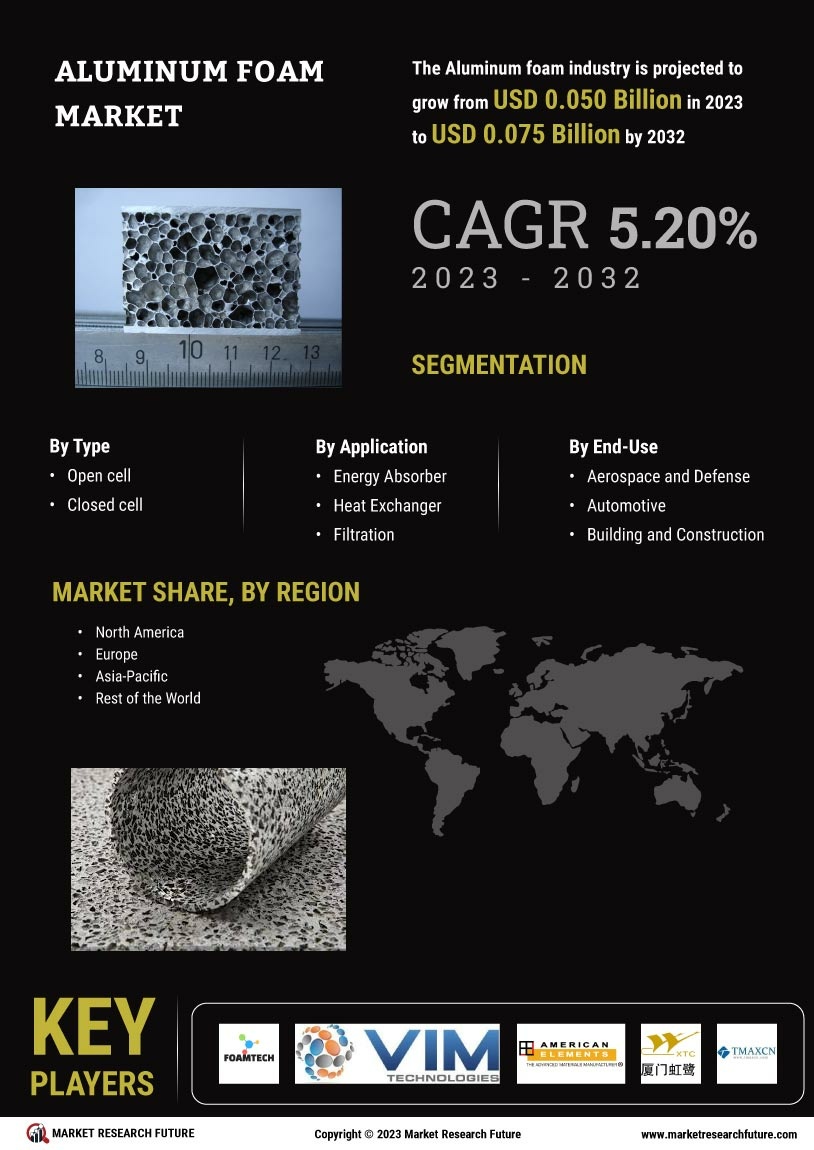

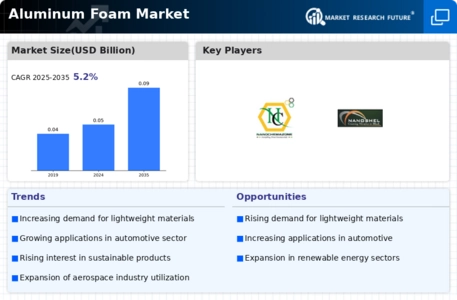

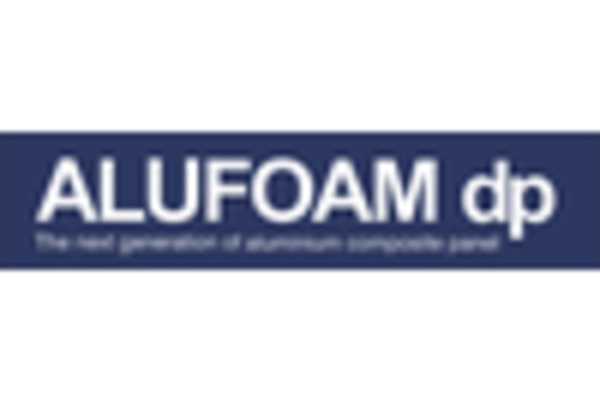
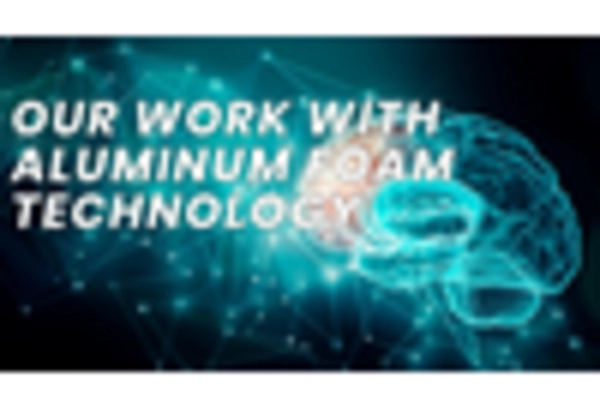


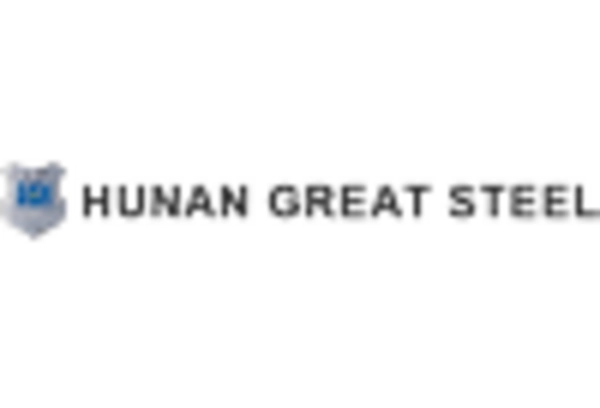
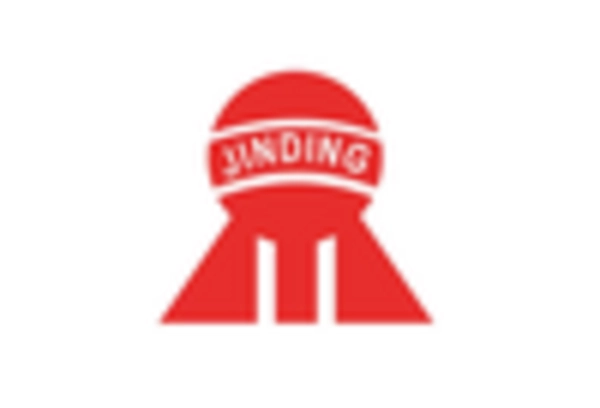








Leave a Comment